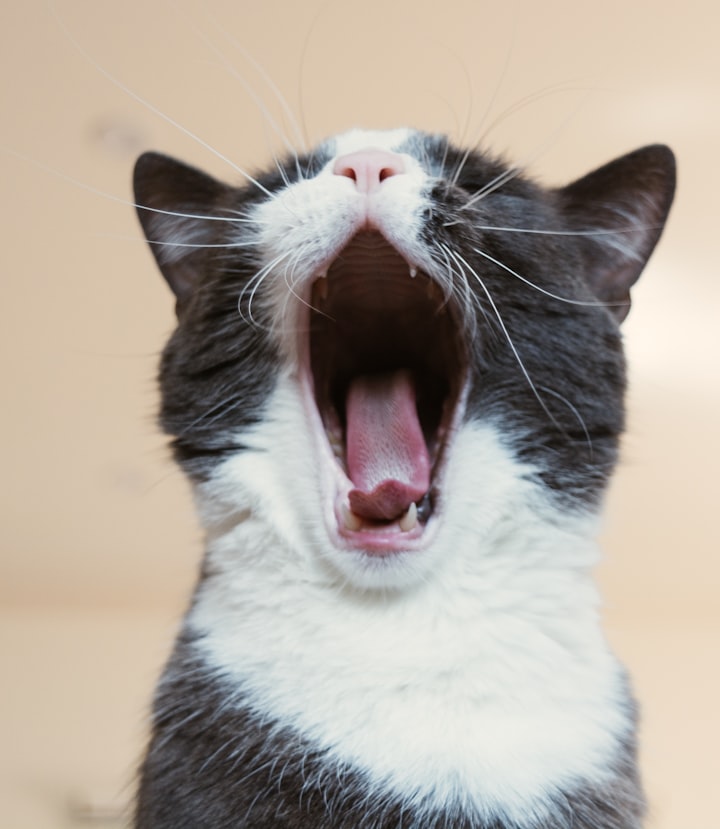Are Hydrangeas Poisonous to Cats? What Every Pet Owner Should Know
Hydrangeas & Cats

As a responsible pet owner, knowing potential hazards that could threaten our furry friends is crucial. Hydrangeas, with their beautiful and vibrant blooms, are a common sight in many gardens and homes. However, if you have a feline companion, you may wonder whether hydrangeas are safe. In this article, we will explore the question, "Are hydrangeas poisonous to cats?" and provide you with essential information to ensure the well-being of your beloved pet.
Understanding Hydrangeas
Hydrangeas are flowering shrubs in various colors, including white, pink, blue, and purple. While they are visually appealing, certain parts of the plant contain potentially toxic substances. The main culprits are cyanogenic glycosides, which can be found in the leaves, flowers, and stems of hydrangeas. When ingested, these compounds can harm humans and animals, including cats.
The level of toxicity in hydrangeas can vary depending on factors such as the species, variety, maturity of the plant, and the amount ingested. Some hydrangea species, like Hydrangea macrophylla, are known to contain higher concentrations of cyanogenic glycosides than others. This variability emphasizes the importance of caution regardless of the specific hydrangea variety present.
It's worth noting that dried hydrangea flowers and arrangements can still retain toxic compounds. Even if the plant is dried, the cyanogenic glycosides may persist and pose a risk if consumed by your cat. Therefore, exercise caution with dried hydrangeas and keep them out of your cat's reach.
Each cat may have a different level of sensitivity or tolerance to hydrangeas. While some cats may show toxicity after ingesting a small amount, others may exhibit no adverse effects even after consuming more significant quantities. It's crucial to remember that even if your cat has not shown symptoms, it's still best to prevent any potential exposure to hydrangeas as a precautionary measure.
Toxicity in Cats
The answer is yes. If a cat ingests any part of a hydrangea plant, it can lead to various symptoms of toxicity. These symptoms may include gastrointestinal upset, such as vomiting and diarrhea, lethargy, loss of appetite, and potentially more severe effects, depending on the quantity ingested. It is important to note that the severity of the symptoms can vary from cat to cat, as well as the specific species and variety of hydrangea involved.
Hydrangea toxicity can lead to lethargy and weakness in affected cats. They may appear less active, have reduced energy levels, and lack interest in their usual activities. If you notice a significant decline in your cat's energy levels, it's essential to investigate potential causes, including exposure to toxic plants like hydrangeas.
In severe cases or when a large amount of hydrangea is ingested, there is a risk of organ damage in cats. The cyanogenic glycosides in hydrangeas can interfere with cellular oxygen utilization, affecting various organs and systems within the body. If you suspect your cat has ingested a significant amount of hydrangea or is displaying severe symptoms, seek immediate veterinary care.
Preventing Exposure
Regarding your cat's safety, taking proactive steps to prevent exposure to hydrangeas is crucial. Here are some additional practical measures you can take to minimize the risk:
Indoor Plant Placement: If you have potted hydrangeas indoors, ensure they are placed in areas completely inaccessible to your cat. Consider high shelves, hanging baskets, or rooms off-limits to your pet. This will prevent any accidental nibbling or contact with the plant.
Secure Outdoor Enclosures: If you have an outdoor enclosure or catio for your cat, ensure that hydrangeas or other potentially toxic plants are located outside the enclosed area. This prevents your cat from having direct contact with the plants while allowing them to enjoy the outdoors safely.
Pet-Friendly Garden Design: When designing or modifying your garden, consider your cat's safety. Create separate sections for toxic and non-toxic plants for cats. Place hydrangeas and other toxic plants in an area your cat cannot access using fencing, plant borders, or elevated planters.
Plant Markers and Signage: Consider using plant markers or signs to identify toxic plants in your garden, including hydrangeas. This serves as a visual reminder for yourself, guests, and anyone else who may interact with your cat, helping to prevent accidental exposure.
Supervised Outdoor Time: If your cat enjoys supervised outdoor time, ensure that they are always under your watchful eye. Keep them on a leash or within a secure outdoor enclosure to prevent them from wandering near hydrangeas or other potentially harmful plants.
Regular Garden Maintenance: Regularly inspect your garden for any signs of new growth or stray hydrangea blooms that may have fallen to the ground. Remove any fallen petals, leaves, or plant debris to minimize the chances of your cat coming into contact with them.
Consult a Veterinarian: If you need clarification on the safety of certain plants in your home or garden, consult your veterinarian. They can guide on the potential risks and suggest cat-friendly alternatives to hydrangeas.
Cat-Proofing Measures: Implement indoor and outdoor cat-proofing measures to minimize the chances of your cat accessing hydrangeas. Install childproof locks or latches on cabinets or doors where you store potentially toxic plants or gardening supplies. Additionally, create physical barriers or use deterrents like double-sided tape or aluminum foil around potted plants to discourage your cat from investigating them.
Education for Household Members: Ensure that everyone in your household, including children and other family members, is educated about the potential dangers of hydrangeas and the importance of keeping them out of reach of cats. Encourage open communication and establish shared responsibility for your cat's well-being.
Professional Landscaping Advice: If you plan to landscape your garden or add new plants, consider seeking advice from a professional landscaper knowledgeable about pet-friendly gardening. They can help you select non-toxic plants and guide you in creating a cat-safe environment while maintaining a beautiful outdoor space.
Conclusion
While the lush and captivating beauty of hydrangeas may entice us, it's crucial to prioritize the safety and well-being of our feline companions. Understanding the potential toxicity of hydrangeas to cats and taking preventive measures can help ensure a safe environment for your beloved pet. Being informed and proactive can create a harmonious space where your cat can thrive without unnecessary risks. Remember, when it comes to your cat's health, prevention is always better than cure.
👉 Do you have any additional insights or questions? We highly value your feedback. Please share your thoughts by leaving a comment below.
About the Creator
Amir Hossain
I blog on everything and anything— hoping my blogs will make your days a bit happier!






Comments
There are no comments for this story
Be the first to respond and start the conversation.